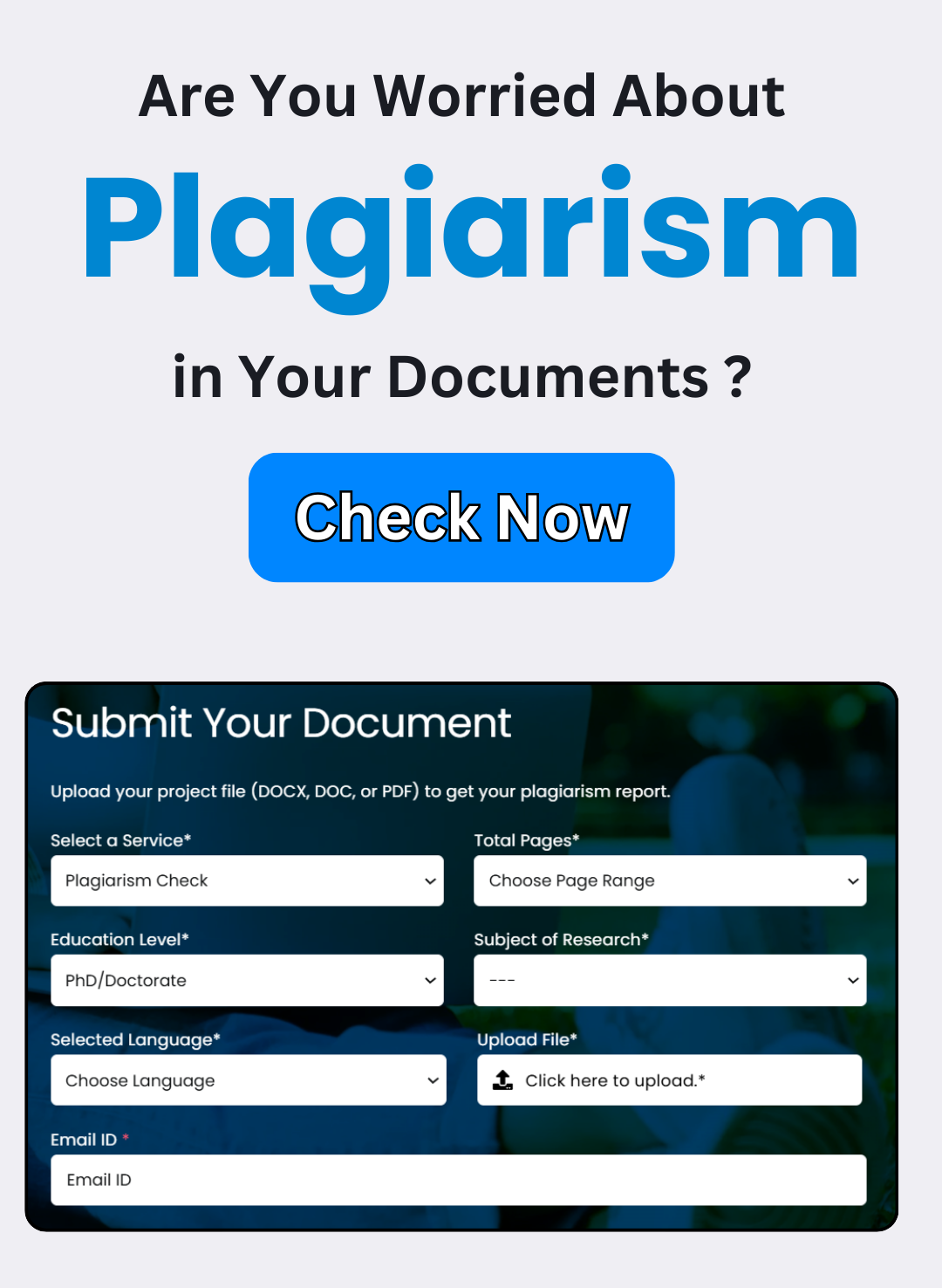Unlocking the Power of Turnitin: A Guide to Its Advanced Settings
Exploring the Advanced Features of Turnitin
Turnitin is widely recognized as a valuable tool for detecting plagiarism in academic work. Used by both teachers and students, its main function is to help identify instances of unoriginal content, ensuring academic integrity. While the basic plagiarism detection features of Turnitin are essential, its advanced settings provide even more flexibility and customization. These advanced options allow users to fine-tune the software to suit specific needs, making it one of the most adaptable academic tools available.
Understanding the Advanced Settings of Turnitin
One of the standout features in Turnitin’s advanced settings is the ability to set a “similarity index threshold.” This setting determines the percentage of similarity at which Turnitin flags content as potentially plagiarized. The default threshold is generally set to 20%, but educators can adjust this based on their preferences or the nature of the assignment. For example, if the class is still developing their writing skills, a higher threshold can be set to avoid flagging common phrases or unintentional similarities. This allows for more flexibility in the evaluation process.
Another advanced feature allows educators to exclude certain sources from being checked by Turnitin. This is particularly useful if a student has cited a well-known or frequently referenced source, and the educator is already aware of the citation. By excluding these sources from the plagiarism check, Turnitin ensures that the focus remains on potential plagiarism without flagging well-known sources that are often part of academic work.
In addition, Turnitin allows for the exclusion of bibliographic material from plagiarism checks. This option can be useful for educators who want to ensure the software focuses on the main body of the student’s work, rather than the bibliography or reference list. By excluding these sections, the plagiarism check is streamlined, reducing the chances of false positives and making it easier to spot actual instances of plagiarism in the text.
Turnitin also offers an option for students to submit multiple drafts of their work. This is an important feature for students in the revision phase, as it enables them to submit drafts for plagiarism checks and make necessary corrections before the final submission. This not only helps students identify and avoid plagiarism but also encourages better academic writing practices by allowing them to refine their work before it is finalized.
Additionally, Turnitin provides an option to receive the originality report in a PDF format. This is a handy feature for educators who prefer having a hard copy of the report for future reference or to share with colleagues. The ability to download and save the report makes it easier to track progress and maintain records of students’ submissions over time.
Conclusion
Turnitin’s advanced settings offer educators and students a more tailored approach to plagiarism detection. These customizable features—ranging from adjusting similarity thresholds and excluding certain sources, to allowing multiple drafts and receiving reports in PDF format—give users greater control over the plagiarism detection process. By taking advantage of these advanced options, educators can better support academic integrity and foster an environment where students are encouraged to submit original, well-researched work.
Top Plagiarism Removal Services in Bengaluru – 100% Unique & Turnitin Approved
Introduction
However, in this academic and professional-driven area, duplicacy is not accepted. Higher education institutions, […]
Important Exceptional Cases For Plagiarism Checking
Using the Turnitin Feedback Studio: A Few Extraordinary Situations We are aware […]
Expert Plagiarism Removal Services in Kolkata – Ensure Originality with Professional Solutions
Plagiarism refers to the practice of using phrases or […]
Understanding Plagiarism: A Simple Guide to Its Different Types
Unraveling plagiarism: A comprehensive guide to different types […]
UGC’s Assistant Professor Recruitment Decision Raises Concerns
UGC Assistant Professor Recruitment Decision Sparks Questions– You […]
Top Plagiarism Removal Services in Chennai – Get Originality with Expert Help
Plagiarism refers to the practice of using phrases or […]


